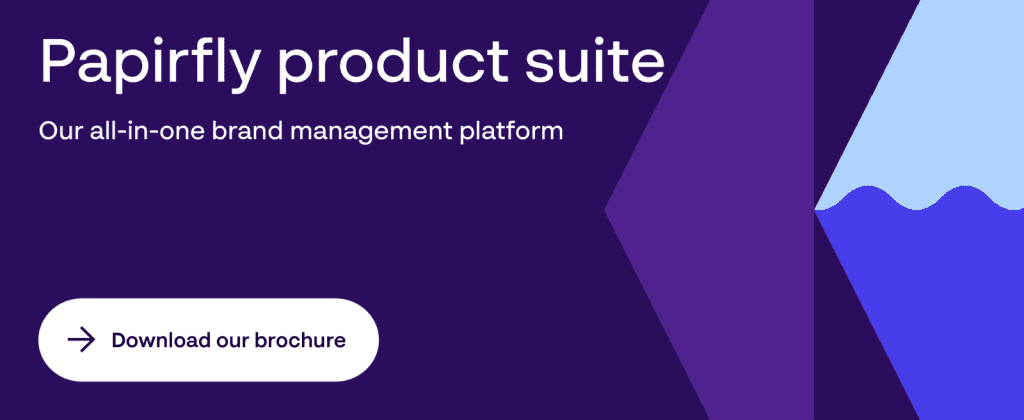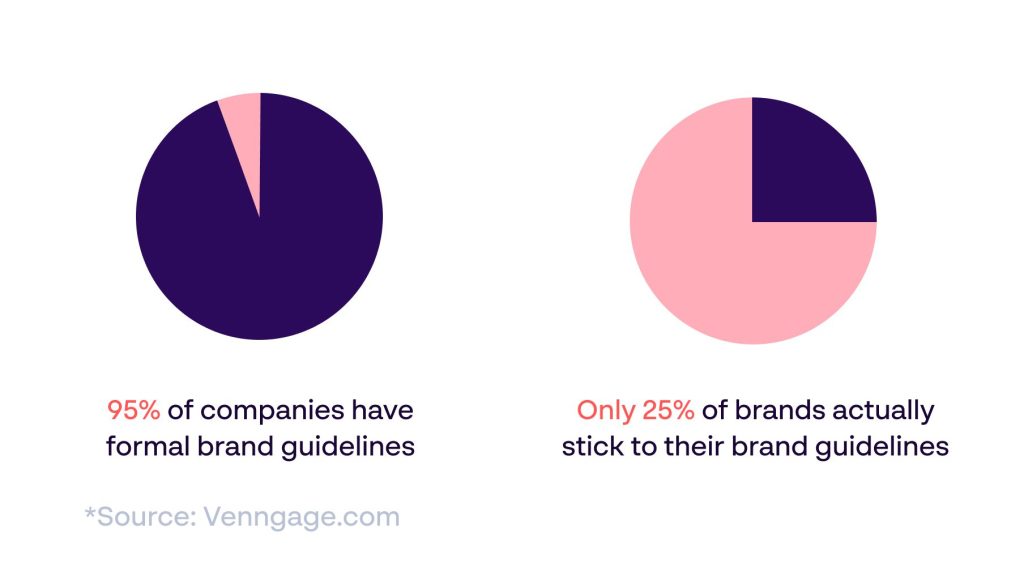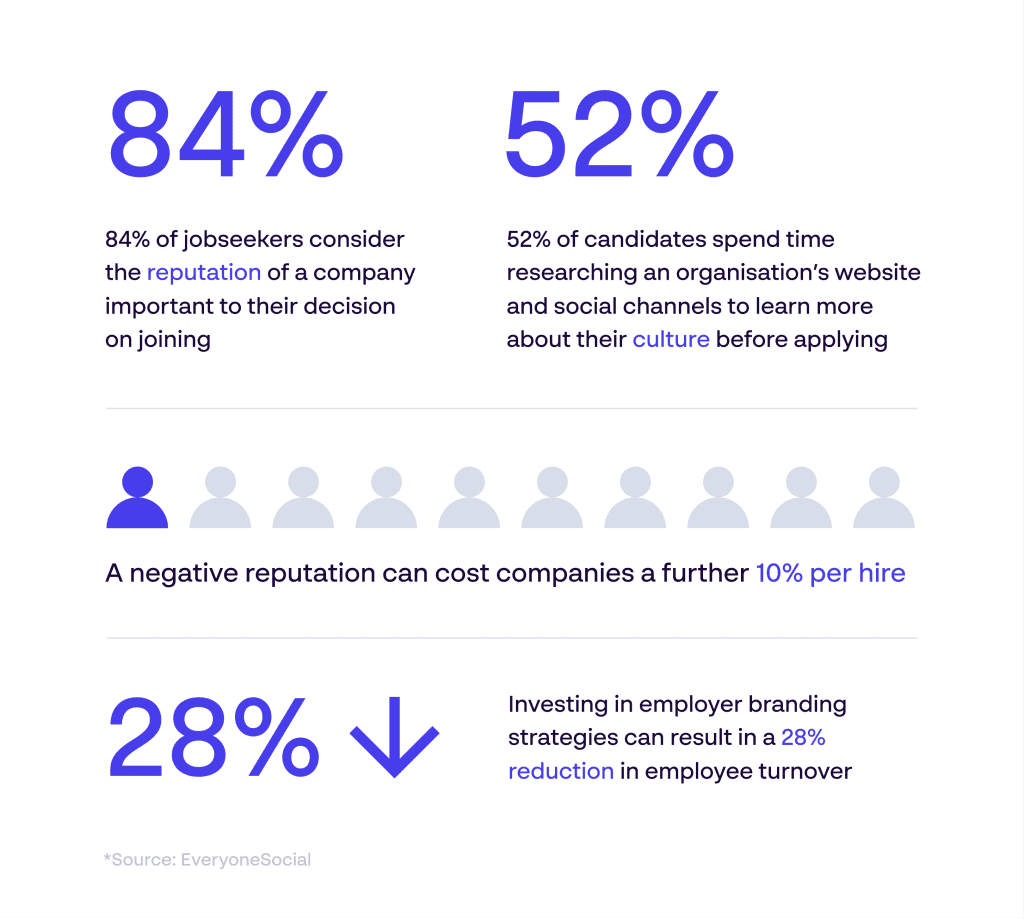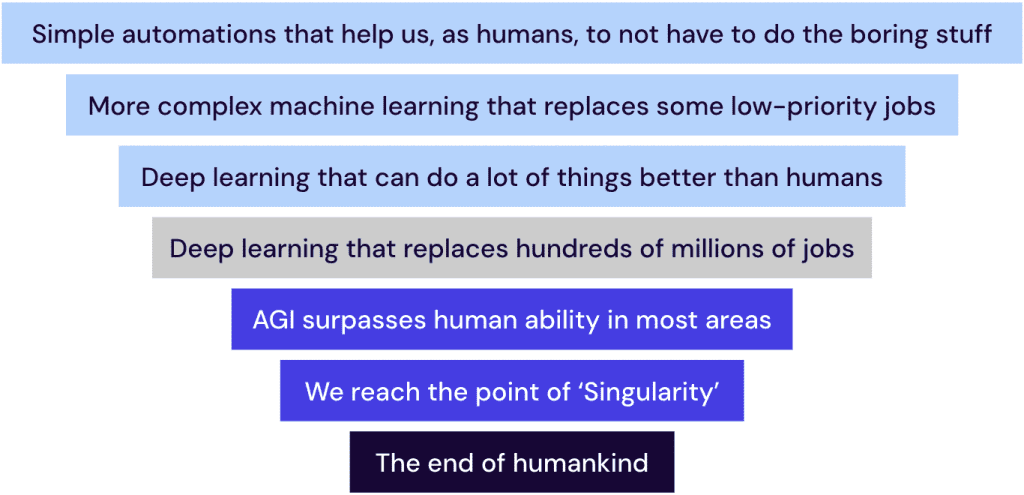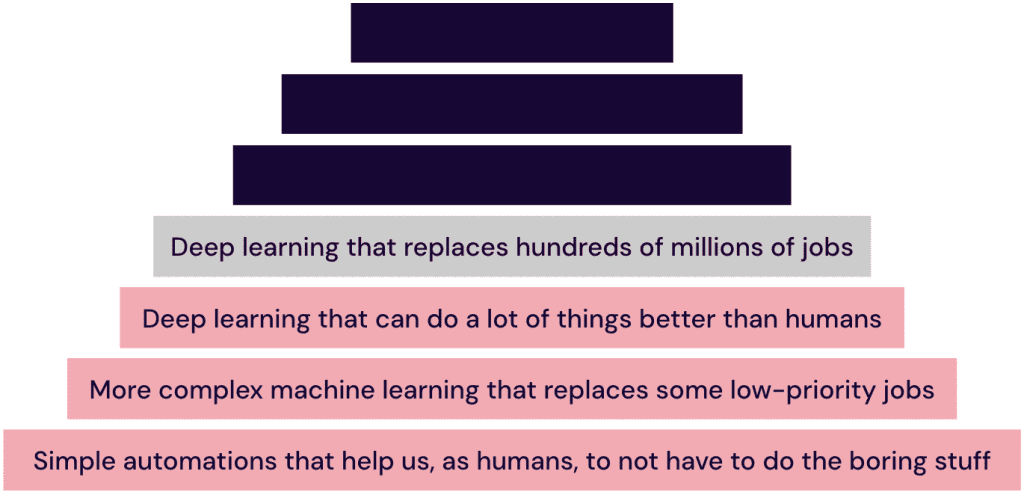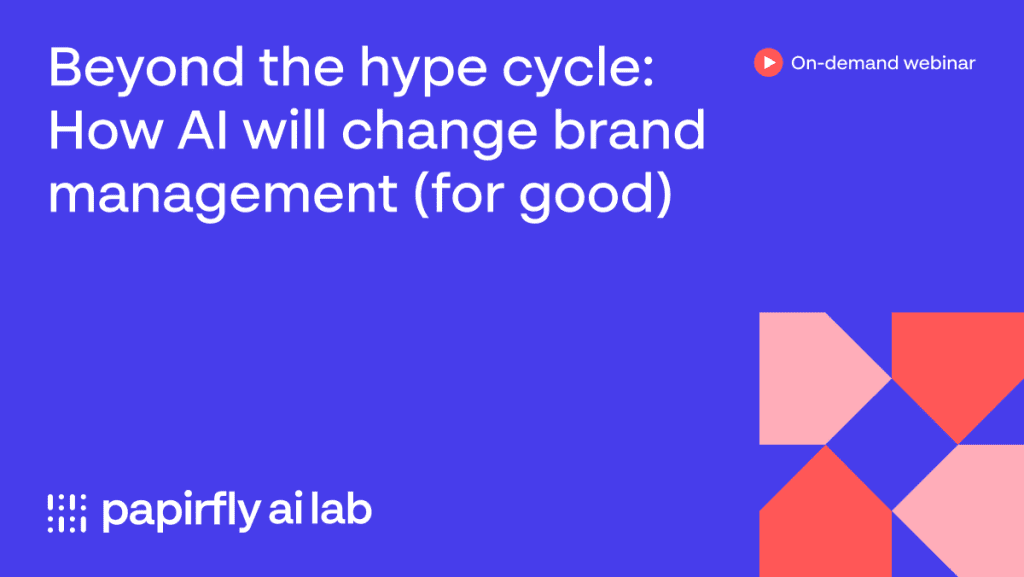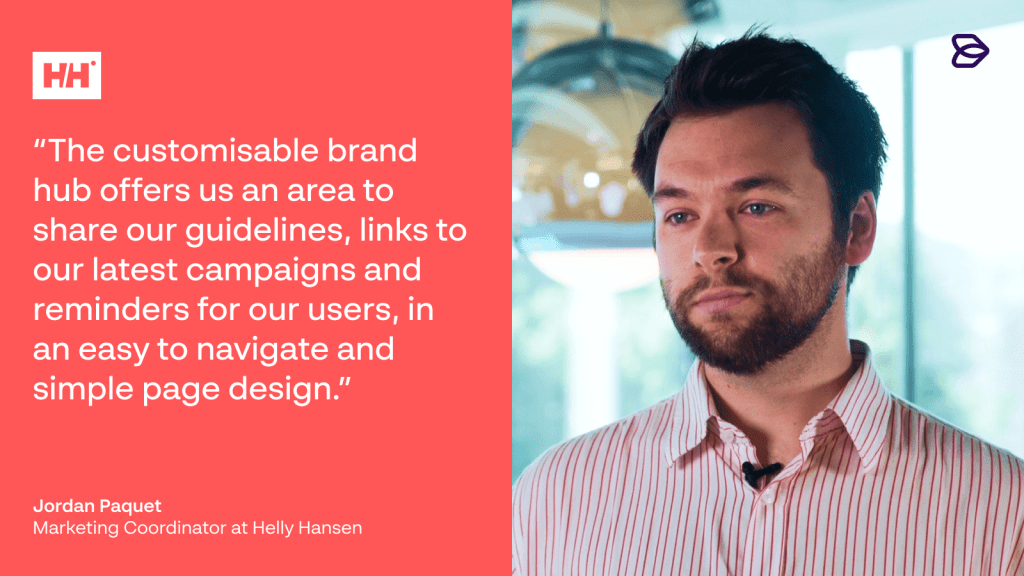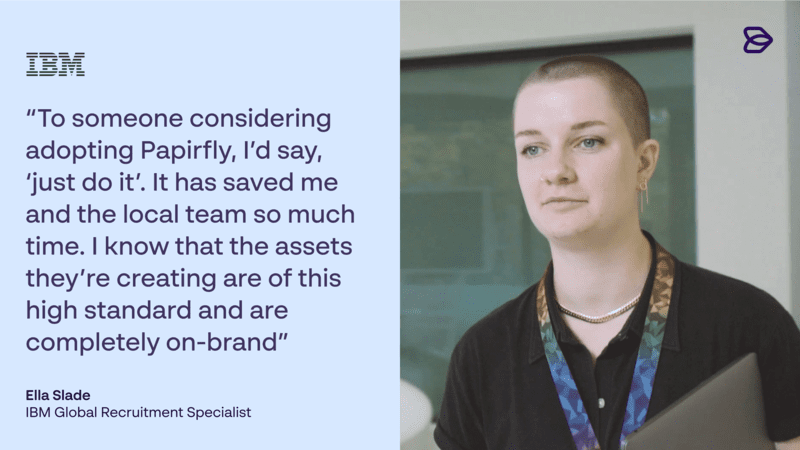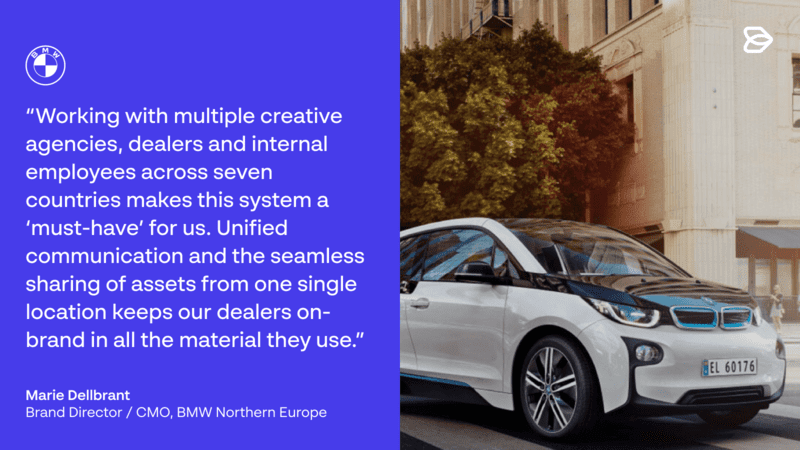It’s no secret – in today’s business environment, reputation matters. Customers demand quality, engagement, and long term satisfaction, and the brands that can deliver succeed. But building a strong, authentic brand reputation, especially with so many competing tools and opinions on the market, is no easy feat.
In this article we will explore how brand management software can help your company create a brand reputation that stands out from the crowd and reflects the core of your mission and purpose.
What is brand reputation management?
In the simplest terms, brand reputation encompasses what people think, feel and know about your brand. These people include your customers, your employees, your professional partners, and others who interact with the brand, whether indirectly or directly. Brand reputation is not something simply established and then left to stand on its own – it requires constant monitoring, engagement, and adjustment.
To manage and maintain a strong brand reputation, your company needs to ensure that what it says about itself – its history, mission, vision, culture, and priorities – align with how your brand’s visuals, messaging, and products interact with the world.
Your teams also need to embed brand strategies, processes and workflows to ensure that as markets and values shift, the customer experience stays relevant and meaningful. All of this while still delivering consistent quality and customer service where it matters most.
Why does brand reputation matter?
Research consistently shows that brand reputation impacts the bottom line. For example, a recent Gartner study showed that up to 64% of customers are more willing to pay a premium price for a company’s products and services when they feel a high sense of connection with its brand.

Another study, examining brand review sites, found that over one third of customers would only consider doing business with brands that have a rating of 4 out of 5 stars or higher. The same study found that 94% of customers had avoided a business on the basis of reading a bad review.
In short, customers actively use both their own and public perceptions of a brand when making purchasing decisions. And in the digital environment, with so many touchpoints for engaging with your brand assets, both through your own channels and third-party platforms, every interaction could mean the difference between a happy customer and a frustrated one.
A great brand reputation doesn’t only impact revenue and customer loyalty, however. It could also be the deciding factor in the type of talent you attract and retain. Great employees want great places to work in, and their initial brand perception will be an important factor when applying for open positions with your company.
With so much at stake, it’s never been so important to know how to build brand awareness and brand recognition, and to have the tools to enable it.
Crafting a strong brand reputation
Your brand’s reputation is a core intangible asset. The first step to establishing it is defining an instantly recognisable brand identity that stands out from the crowd. This should reflect your brand’s mission, vision and goals, and encompass visuals, language usage, tone of voice, design styles, and the types of channels you engage with.
For example, an ambitious environmentally-conscious startup, a high-end luxury lifestyle product, and an established international retailer will necessarily have very different brand marketing strategies and social media content plans. The important thing is to ensure your brand, brand collateral and marketing teams seamlessly reflect and communicate your identity.
Once your brand identity is established, consistency is key. Every communication, every campaign, every conversation involving your brand should reflect the brand mission. Inconsistencies, miscommunications and errors all project an image of unprofessionalism and carelessness, and – unsurprisingly – are likely to drive people towards your competitors.
A clear and unambiguous brand strategy is also a must. As world-renowned business strategy expert Richard Rumelt explains, a good strategy is not a list of high-flying ideals and value statements, but a diagnosis of a real challenge, tied to clear, coherent policies and well-defined actions and expected outcomes.
Along these lines, a great brand strategy should inform your people exactly how and when to use brand assets, where to find brand guidelines and tools, and how to respond effectively to the unexpected.
Underpinning brand reputation with brand management software
In order to establish and maintain your brand’s reputation, you need tools that are fit-for-purpose. A brand management solution offers the capabilities, guidelines and training necessary to design and project a world-class brand image and execute an effective brand strategy. It also gives you everything you need to create a high-flying culture of brand advocacy, attracting and empowering great people to do great work.
As we have seen, consistency is key in producing high quality brand marketing – repetition makes reputation. Brand management software gives you a single source of truth for your brand assets, ensuring that every time employees access brand materials, they are up to date, accurate, and in accordance with brand guidelines.
At the same time, a shared brand platform enables flexibility and creativity, ensuring that every asset is fine-tuned to local contexts and its intended audience. Brand consistency is guaranteed, without impeding local understanding.
Brand management tools also enable you to design, monitor, and revise workflows, improving efficiency and breaking down communication barriers and bottlenecks. Your brand strategy need not be a dusty graphic lying in a forgotten powerpoint presentation from several years ago – it can be an active system of brand guidelines and practices embedded in the very structure and design of your organisation.
With a good brand management solution, educational materials, approval structures, communication channels and sharing folders are all built into a shared brand platform, ensuring that brand campaigns can be executed and crises managed with confidence and skill.
Last but not least, with strong strategic brand management practices in place, ideal customers and employees are more likely to be drawn to your organisation, attracted by the clarity of the brand and the quality of its public engagement. Customers return to brands that they trust, and employees advocate for brands with bold visions that resonate throughout their companies’ internal branding practices.
Establishing a trusted brand
Building your brand’s reputation takes time and dedication, but the results are worth it. A brand management platform will enable and support you in this process, giving your company the tools and capabilities it needs to empower its team members and stakeholders, establish a clear and memorable brand identity, and implement effective branding strategies.
If you are interested in learning more about brand management solutions with Papirfly, discover our all-in-one platform.



